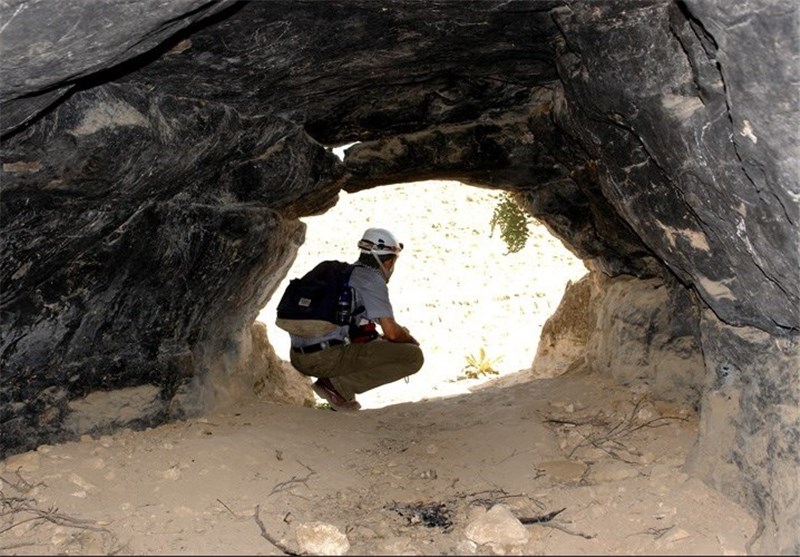
Intriguingly, the man's diet included cereals, a sign that he had learned how to cultivate crops, said Fereydoon Biglari of National Museum of Iran, AP reported.
Along with three other ancient genomes from the Zagros mountains, researchers were able to piece together a picture of a population whose closest modern relatives can be found in Afghanistan and Pakistan, and among members of Iran's Zoroastrian religious community, said Biglari.
The Zagros people had very different genes than modern Europeans or their crop-planting ancestors in western Anatolia and Greece, said Burger, an anthropologist and population geneticist at Johannes Gutenberg University in Mainz, Germany.
He said the study's authors calculated that the two populations likely split at least 50,000 years ago, shortly after humans first ventured out of Africa.
American and European scientists also contributed to the study.
"There was this idea that there'd been one group of genius inventors who developed agriculture," Joachim Burger, one of the authors of the study, said.
"Now we can see there were genetically diverse groups,” he added.
Burger said the findings could help shed light on important developments in human history that have been neglected due to researchers' long habit of focusing on ancient migratory movements into Europe.
Previous research held that a single group of hunter-gatherers developed agriculture in the Middle East some 10,000 years ago and then migrated to Europe, Asia and Africa, where they gradually replaced or mixed with the local population.

Add new comment